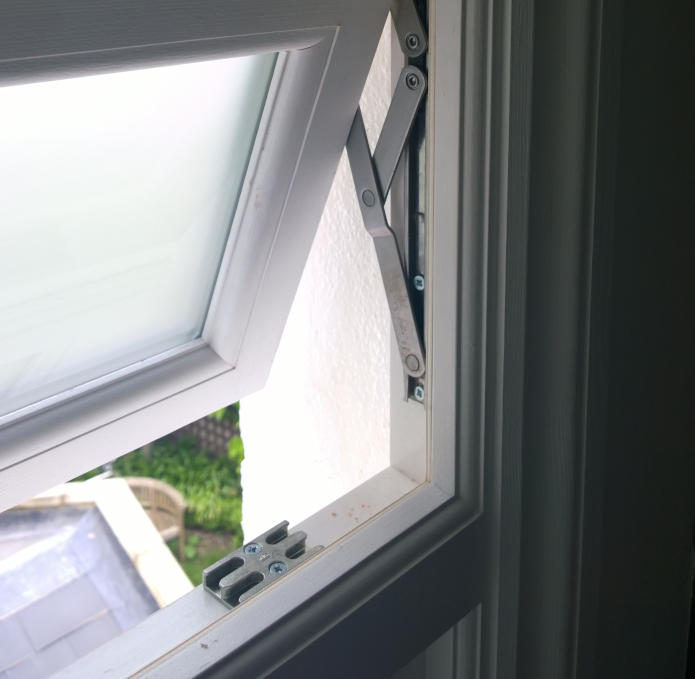When it comes to modern window design, function and safety are just as important as aesthetics. One essential hardware component that ensures both is the window friction hinge. Whether you’re a window manufacturer, hardware distributor, or construction project manager, understanding how friction hinges work — and how to choose the right one — is key to delivering reliable window systems.

1. What Is a Window Friction Hinge?
A window friction hinge is a mechanical hinge used primarily in aluminum and uPVC outward-opening windows. Unlike ordinary hinges, friction hinges allow the window sash to open and stay open at different angles without the need for separate stays or arms.
This is achieved through an internal mechanism that generates friction between moving parts. This controlled resistance helps the window remain in a fixed position, preventing it from slamming shut due to wind or gravity.
2. Types of Window Friction Hinges
Different window styles require different hinge solutions. Here are the most common types:
- Top Hung Friction Hinge
Mounted at the top of the window frame, this hinge supports outward-opening windows that pivot from the top. - Side Hung Friction Hinge
Used on side-opening casement windows, allowing horizontal outward movement. - Egress Hinge
Designed for windows that double as emergency exits. These hinges allow a wide opening angle (up to 90°) for quick egress. - Easy Clean Hinge
A combination hinge that allows the window to slide and pivot, enabling users to clean the outer glass from inside — perfect for high-rise buildings.
3. Why Are Friction Hinges Essential?
Friction hinges offer multiple advantages for modern window systems:
- ✅ Self-balancing support — no additional stay required
- ✅ Weather resistance — stainless steel options resist rust and corrosion
- ✅ Smooth operation — engineered for durability and silence
- ✅ Security — some models are compatible with restrictor arms for child safety
- ✅ Aesthetics — no bulky arms, clean minimalist look
4. Materials & Sizes
Most high-quality friction hinges are made from stainless steel 201 or 304, with thickness ranging from 1.5mm to 2.5mm, depending on load requirements.
Common Sizes Available:
- 8 inches
- 10 inches
- 12 inches
- 14 inches
- 16 inches
- (Custom sizes welcome)
Each size corresponds to different window weights and dimensions. For example, a 12” hinge might support a sash up to 20kg, while a 16” hinge could handle up to 35kg.
5. How to Choose the Right Friction Hinge
Choosing the correct hinge ensures smooth function and long-term safety. Consider the following:
- Window Type: Is it top-hung, side-hung, or combination?
- Sash Weight: Heavier windows need thicker and longer hinges
- Opening Angle: Do you need a restricted opening or full opening (egress)?
- Frame Material: Aluminum vs. uPVC may affect screw selection and hole spacing
- Environment: Coastal or humid regions require 304 stainless steel for corrosion resistance
📩 Need help choosing the right model? Our technical team is happy to assist with custom recommendations.
6. Why Choose Us as Your Window Friction Hinge Supplier?
At [Your Company Name], we specialize in manufacturing and supplying high-performance friction hinges for global clients. Our advantages include:
- ✅ Over 10 years of manufacturing experience
- ✅ Full range of top hung, side hung, egress, and easy clean models
- ✅ OEM & ODM services for branding and packaging
- ✅ ISO-certified production & strict QC process
- ✅ Flexible MOQ and competitive pricing for international buyers
